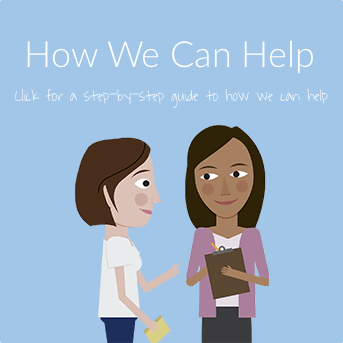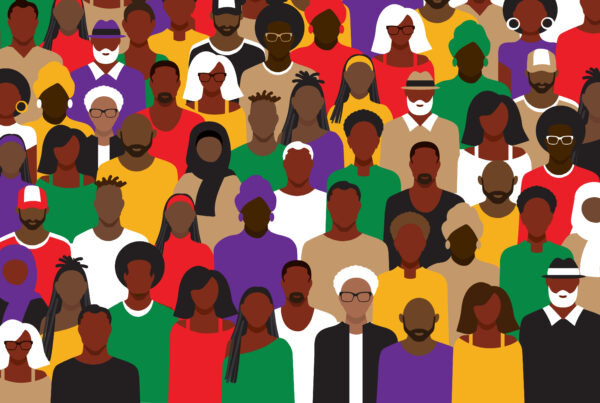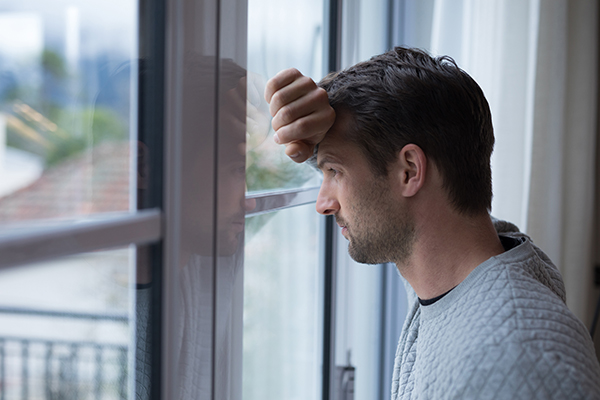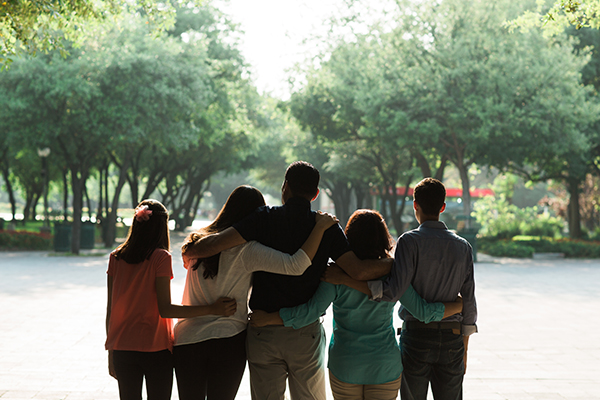I have practiced psychology for nearly 25 years. Over that time, I have never seen a more consistently powerful tool than Cognitive Behavioral Therapy (CBT) for helping people with anxiety, depression, and other struggles. I was fortunate to discover CBT during my clinical internship where I saw it dramatically help people. Later, as a new psychologist, I knew the CBT strategies for helping people with depression. They included challenging our thoughts—the C part—as well as getting activated and learning some new skills—the B part. There is one skill that seemed overly simple. It’s called behavioral activation, an idea your grandma may have called “get your butt moving.” It is common during difficult times to want to avoid activities (such as when you want to just stay in bed), but activation gets you up and going.
At that point, the most impactful CBT strategy seemed to be thought challenging—we call it thought inspection at Learn to Live. It teaches people to ask themselves questions to help change their thinking. Behavioral activation is simpler – it involves helping people think of new stuff they can do to get up and moving.
Then, my approach changed based on new research. Sona Dimidjian and her highly esteemed team wanted to clearly identify the most impactful CBT tools for depression. They asked 241 people with depression to take part in a study in which they were randomly assigned to one of three groups for therapy:
- One group used thought challenging
- A second group used behavioral activation
- A final group used medication
I was stunned to see the results: behavioral activation clearly had more impact than thought challenging (and also more than medication in some of their results). The same outcome has been found by others multiple times.
In those days, I worked mostly in the office. When working with people dealing with depression, I spent 45 of the 50 minutes on the thought challenging strategies and only the last 5 minutes on activation. After reading the new research, I realized I needed to devote a lot more time to helping people discover activation.
Activation involves defying depression’s pull toward a sedentary life. For some, it means overcoming multi-generational patterns, whereas for others it means getting back to the higher level of activity prior to the depression. Conventional wisdom leads me to stay on the couch because I’m not in the mood to do anything else. Activation flips the script and says that doing something might make me feel better. The logic is fairly simple: we’re less likely to stay depressed if we seek out rewarding activities. We are more likely to enjoy a beautiful sunset, familiar smiles, or a gentle breeze if we get up off the couch and take a brisk walk. Even the simple act of getting up off the couch or out of bed can serve as a reward if it feels like an accomplishment.
This small change can have a huge impact on depression and low moods. That’s why we put it in the first lesson of our Depression program. We use eight categories of activity: fun, social, helping others, physical exercise, exercising faith, learning, polishing skills, and accomplishing. The activities don’t have to be formal or long. Activation sometimes involves nudging myself to do small things like shower, do the dishes, or just get dressed. For people who already work too much but feel depressed, it might mean adding variety to activities by doing something for fun rather than out of duty. And for still others, it involves finding activities that have meaning, like helping others. It’s different for everyone. The important thing is to look for ways, big or small, to reengage with the world through rewarding activities. That’s the secret of activation – “get your butt moving” – an approach that our grandmothers told us about for years. Why did we ever doubt grandma?




